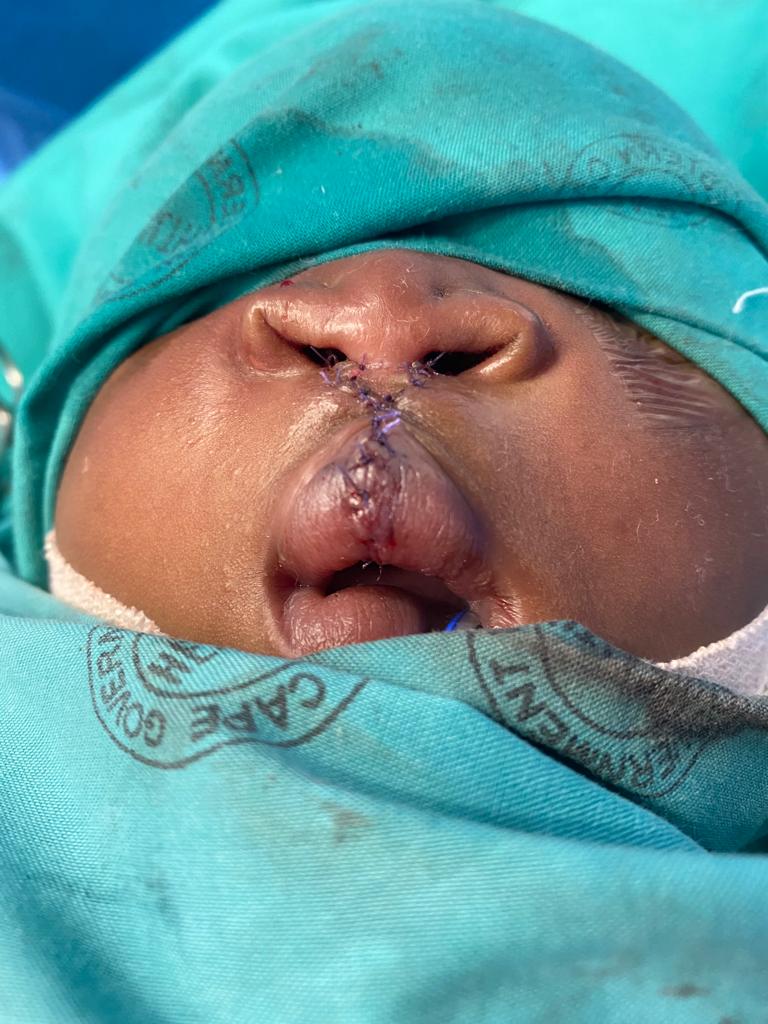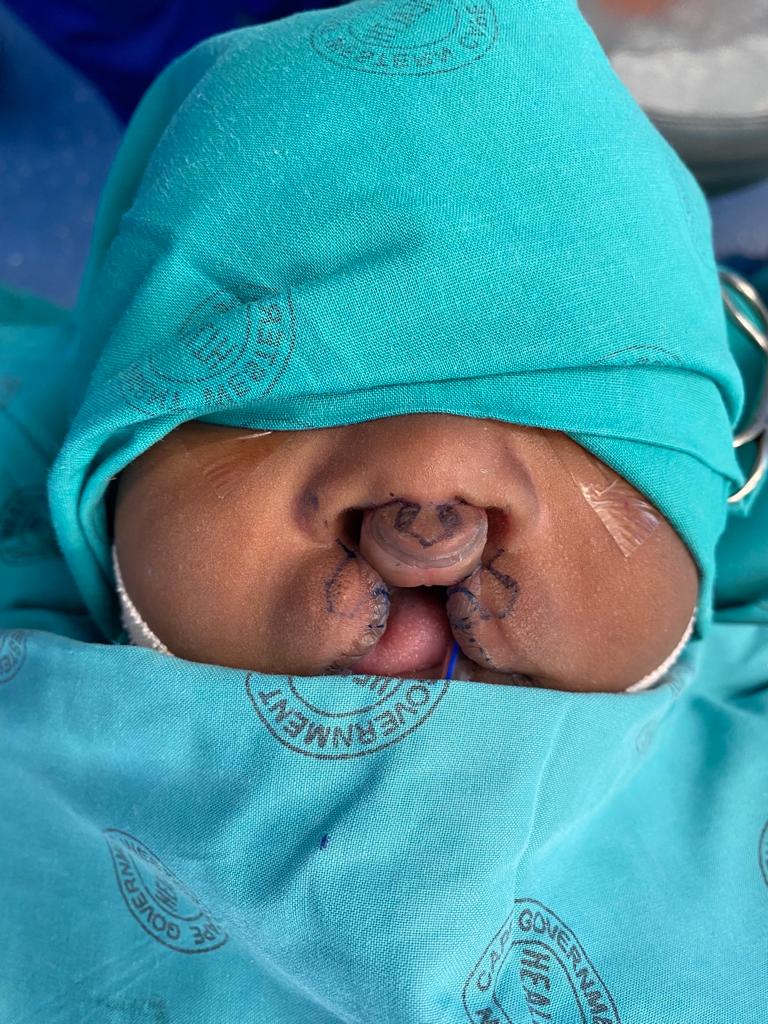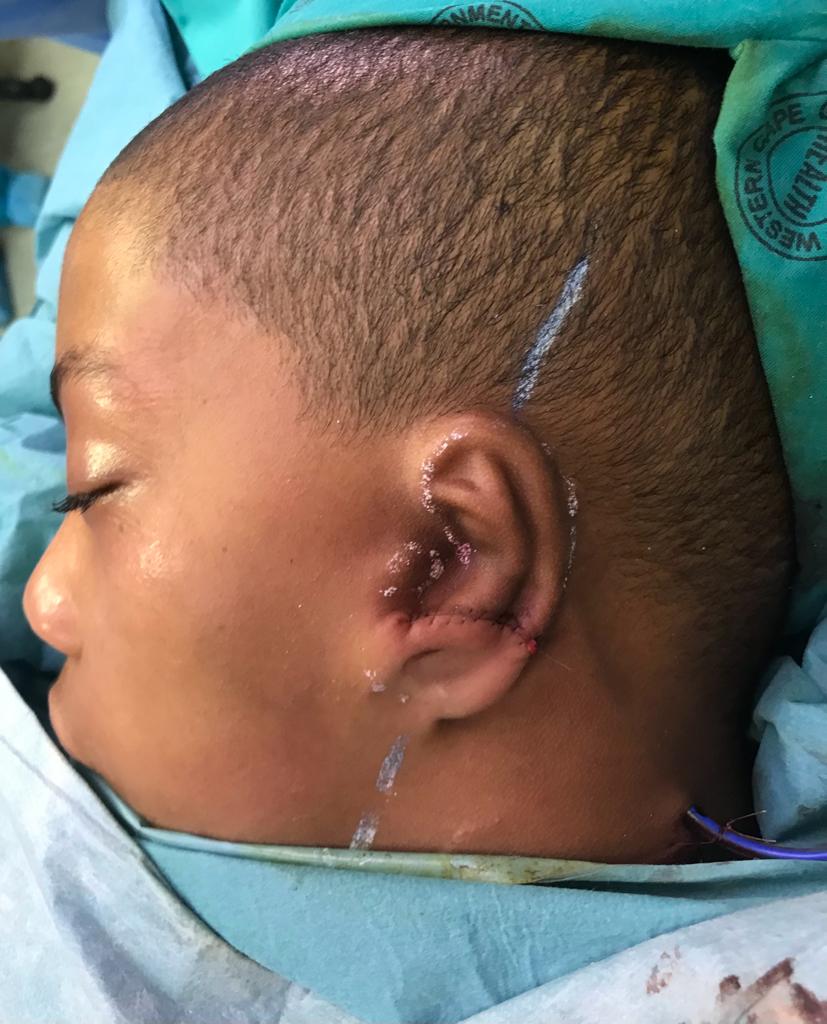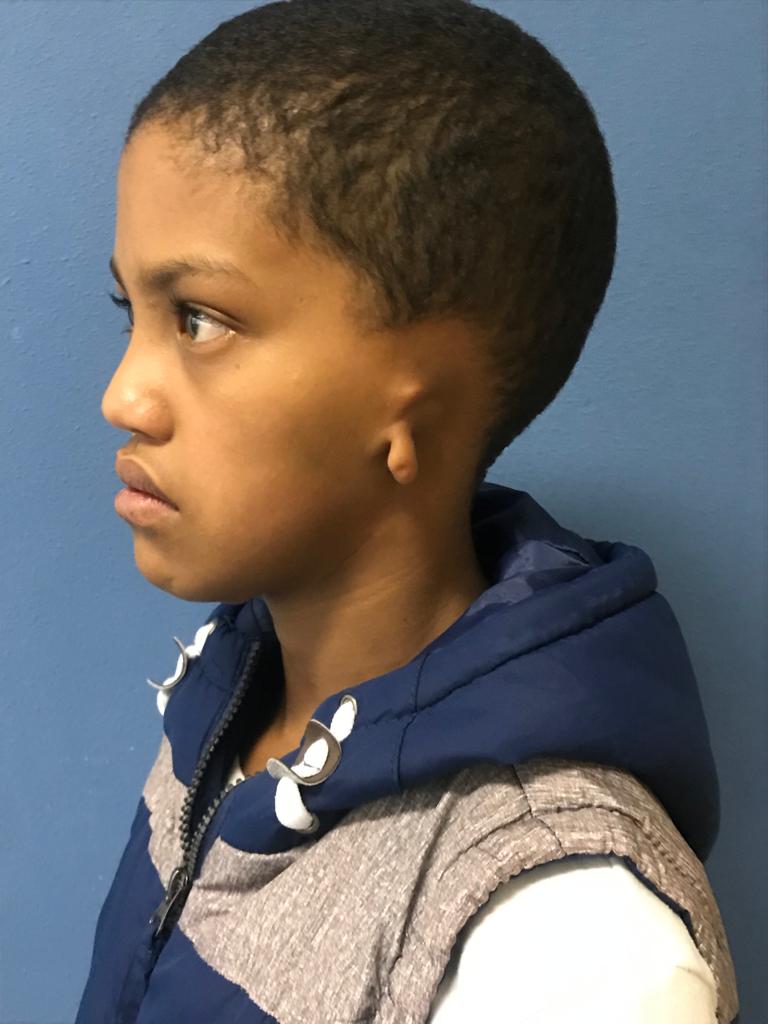
News
Craniofacial surgery at Tygerberg Hospital improves patients' lifelong outcomes
Craniofacial surgery at Tygerberg Hospital improves lifelong outcomes for patients
Every year, Tygerberg Hospital treats 200 new and follow-up children who are born with a cleft lip or palate that results in both medical difficulties and facial differences. While these children undergo several surgeries to repair their cleft and craniofacial conditions, the hospital’s staff emphasisto all our young patients that facial differences do not define who they are.
The diagnosis of craniofacial conditions usually occurs prenatally or shortly after birth. This means that treatments can start immediately for newborns to set them up for improved health outcomes.
July is National Cleft and Craniofacial Awareness and Prevention Month. Tygerberg Hospital wants to use this opportunity to raise awareness and improve understanding of clefts of the lip and palate, and other conditions of the head and face. For most, if not all parents, of a child born with a craniofacial deformity this can be a confusing and scary diagnosis. These deformities occur when an unborn foetus has a developmental error due to inherited or environmental factors, or even as a sporadic genetic mutation. The specialised service at the hospital provides optimism to parents that their children can grow up with confidence and enjoy their lives.
Said Dr Mosadi Mahoko, a plastic surgeon at the hospital, “A multidisciplinary approach is used when treating these children, including a paediatrician, geneticist, speech therapist, plastic surgeon, maxillofacial surgeon, orthodontist and social worker. Dental care throughout childhood is essential. Advice and treatment plans are individualised and will involve one or more surgical reconstructive procedures.”
Children with a cleft lip will usually have a lip repair at 3-6 months and a palate repair is done from 9-12 months. Most children will need braces and orthognathic surgery to correct any misaligned teeth from 8-12 years old, and a corrective rhinoplasty at 16-18 years.
Cleft lip and Palate
Cleft lip and palate deformities are common, affecting 1 in 2000 children in Africa. While 20% of these are related to a genetic syndrome, most deformities occur sporadically. In addition, environmental risk factors such as smoking and alcohol use during pregnancy also play a role.
A cleft lip deformity with or without cleft palate is easily visible and this can bring feelings of anxiety about the child’s appearance, how they will be accepted by family and community members, and even how they will be able to breast or bottle feed. Cleft lip can be diagnosed on an antenatal ultrasound during the second trimester of pregnancy whereas a cleft palate is usually detected after birth. The earliest concerns are whether the child can breathe comfortably, has no airway obstruction and whether they are able to feed properly.
Symptoms of cleft palate include difficulty with latching to the breast or bottle, tiring and taking a long time to finish a feed, bringing up milk through the nose during or shortly after a feed. Special bottles and teats are available to make the work of sucking less strenuous. Poor weight gain may be noted on each child’s “Road to Health Card” and this would trigger a referral to a specialist. A split in the palate is usually visible when looking inside the mouth. In some cases, there is only a split in the uvula and the palate seems intact. These children may not present with feeding issues but may be seen later in childhood with speech abnormalities (nasal voice, low volume, can’t make ‘p, k, g’ sounds).
Craniosynostosis
Open cranial sutures allow the skull bones to expand as a child’s brain grows. Open sutures can be palpable and correlate with the soft spot on a baby’s head. These usually start closing around 2 years and form solid bone. Early fusion of the cranial sutures (craniosynostosis) leads to an abnormal head shape, and can affect facial symmetry. Additionally, there may be increased pressure on the brain, and this can cause headaches, seizures, vision loss, learning difficulties and behavioural changes.
About 1 in 2500 children are affected. Risk factors include genetic and environmental factors such as smoking, alcohol and exposure to certain medications.
Other craniofacial syndromes
Various craniofacial deformities may form part of a syndrome and can have both facial and cranial abnormalities. These children will also need an evaluation by a multidisciplinary team. Some of these syndromes are inherited so genetic counselling and testing is important to inform parents about the risk of the same condition occurring in future pregnancies.
Dr Mahoko concluded, “Care of these children requires a team which will involve a multidisciplinary team to evaluate the child for normal development as well as provide social and psychological support for their family. Surgery is usually required either to relieve pressure on the brain or to improve the shape of the head for cosmetic and physiological reasons.”









